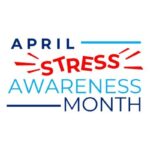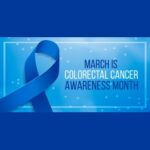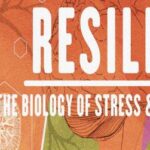MDMA or Ecstasy
Brief Description
 MDMA (3,4-methylenedioxy-methamphetamine), popularly known as ecstasy, is a synthetic, psychoactive drug that has similarities to both the stimulant amphetamine and the hallucinogen mescaline. MDMA was initially popular among White adolescents and young adults in the nightclub scene or at “raves” (long dance parties), but the drug now affects a broader range of users and ethnicities.
MDMA (3,4-methylenedioxy-methamphetamine), popularly known as ecstasy, is a synthetic, psychoactive drug that has similarities to both the stimulant amphetamine and the hallucinogen mescaline. MDMA was initially popular among White adolescents and young adults in the nightclub scene or at “raves” (long dance parties), but the drug now affects a broader range of users and ethnicities.
The surge of serotonin caused by taking MDMA depletes the brain of this important chemical, however, causing negative aftereffects—including confusion, depression, sleep problems, drug craving, and anxiety—that may occur soon after taking the drug or during the days or even weeks thereafter.
Some heavy MDMA users experience long-lasting confusion, depression, sleep abnormalities, and problems with attention and memory, although it is possible that some of these effects may be due to the use of other drugs in combination with MDMA (especially marijuana).
The neurotransmitter systems targeted by MDMA are the same as those targeted by other addictive drugs. Experiments have shown that animals will self-administer MDMA—an important indicator of a drug’s abuse potential—although the degree of self-administration is less than some other drugs of abuse such as cocaine.

Effects
 It produces feelings of increased energy, euphoria, emotional warmth and empathy toward others, and distortions in sensory and time perception.
It produces feelings of increased energy, euphoria, emotional warmth and empathy toward others, and distortions in sensory and time perception.
Health Concerns
MDMA can have many of the same physical effects as other stimulants like cocaine and amphetamines. These include increases in heart rate and blood pressure, which are particularly risky for people with circulatory problems or heart disease. MDMA users may experience other symptoms such as muscle tension, involuntary teeth clenching, nausea, blurred vision, faintness, and chills or sweating.
In high doses, MDMA can interfere with the body’s ability to regulate temperature. On rare but unpredictable occasions, this can lead to a sharp increase in body temperature (hyperthermia), which can result in liver, kidney, or cardiovascular system failure or even death. MDMA can interfere with its own metabolism (breakdown within the body), causing potentially harmful levels to build up in the body if it is taken repeatedly within short periods of time.
Compounding the risks of ecstasy use is the fact that other potentially harmful drugs (including synthetic cathinones, the psychoactive ingredients in “bath salts”) are sometimes sold as ecstasy. These drugs can be neurotoxic or pose other unpredictable health risks. And ecstasy tablets that do contain MDMA may contain additional substances such as ephedrine (a stimulant), dextromethorphan (a cough suppressant), ketamine, caffeine, cocaine, or methamphetamine. The combination of MDMA with one or more of these drugs may be hazardous. Users who intentionally or unknowingly combine such a mixture with additional substances such as marijuana and alcohol may be putting themselves at even higher risk for adverse health effects.
Additionally, the closeness-promoting effects of MDMA and its use in sexually charged contexts (and especially in combination with sildenafil) may encourage unsafe sex, which is a risk factor for contracting or spreading HIV and hepatitis.
Source: NIDA (National Institute on Drug Abuse)










